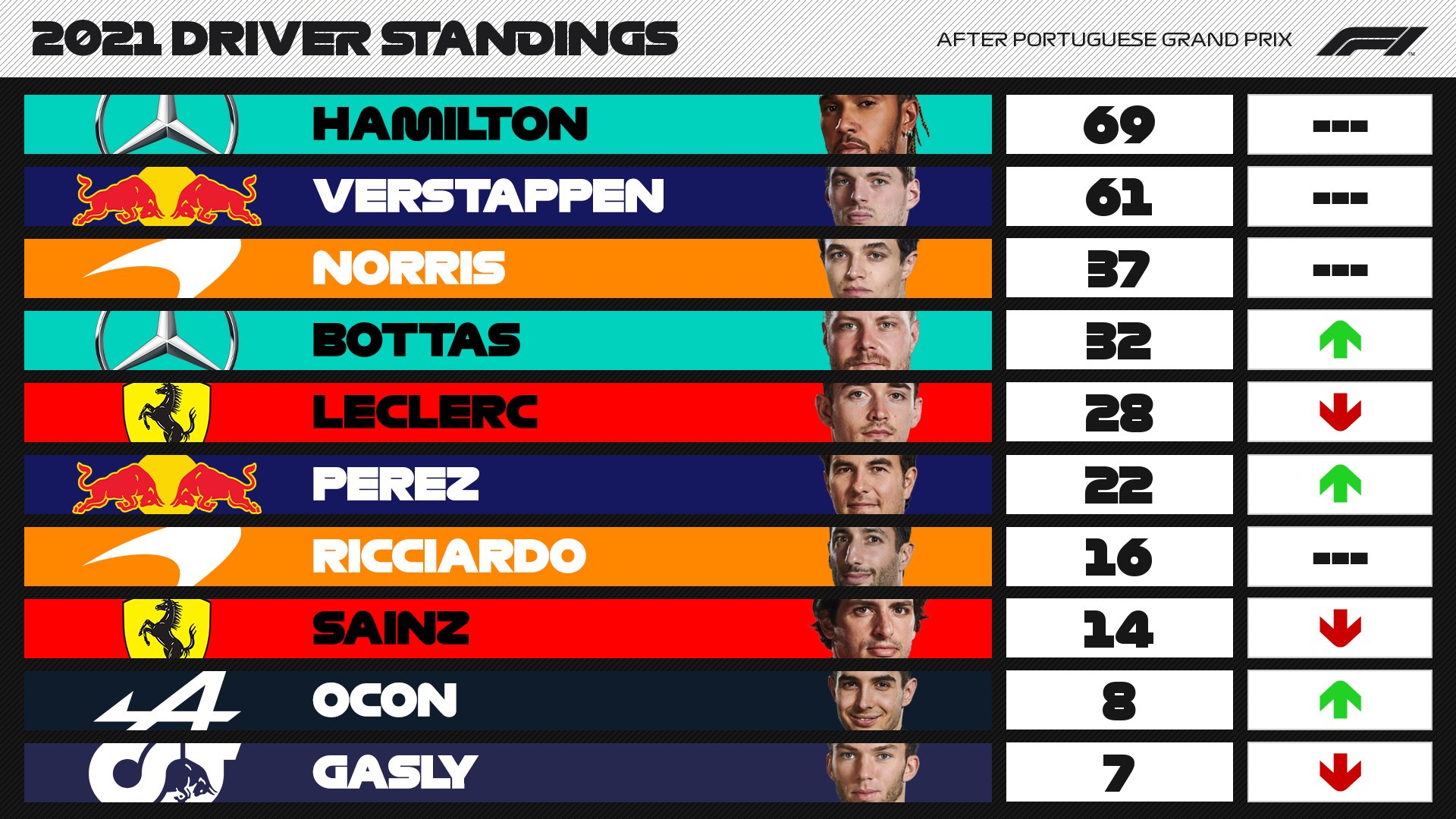
Mastering the Net: A Comprehensive Guide to Volleyball Blocking Drills
Volleyball blocking is a crucial defensive skill that can dramatically alter the course of a match. A well-executed block not only prevents points for the opposing team but also disrupts their offensive rhythm, leading to easier digs and counter-attacks. However, effective blocking isn’t innate; it requires dedicated practice and mastering a variety of drills. This comprehensive guide explores a range of volleyball blocking drills designed to improve various aspects of the skill, from fundamental techniques to advanced strategies.
I. Foundational Drills: Building the Blocks
Before tackling advanced techniques, players must establish a solid foundation in basic blocking mechanics. These drills focus on proper footwork, hand position, and timing:
-
The Approach Drill: This drill emphasizes the importance of a controlled and efficient approach to the net. Players start a few steps back from the net, focusing on a three-step approach (or a variation based on personal preference). The coach calls out a "set" location, and the player performs the approach, jumping straight up, aiming to reach as high as possible. This drill refines footwork, jump height, and timing. Variations include adding a simulated block, focusing on arm extension, and incorporating specific target points above the net.
-
Wall-Touch Drill: This simple yet effective drill focuses on vertical jump height and reach. Players stand a few feet from a wall, focusing on achieving maximum height during their jump. The goal is to touch the highest possible point on the wall, emphasizing proper technique and leg drive. This drill improves vertical jump height, crucial for effective blocking. Variations include adding a timing element with a coach’s call or practicing different approach steps.
-
Hand Position Drill: This drill emphasizes correct hand position and arm extension. Players stand facing a partner, holding their hands in a blocking position. The partner then tosses a volleyball, and the player attempts to block it, focusing on keeping their hands high, close together, and extending their arms fully. This drills helps players develop a consistent hand position and understand the importance of a broad blocking surface. Variations include practicing blocking with different hand positions and blocking at different heights.
-
Partner Blocking Drill: With a partner, players practice basic blocking techniques. One player acts as the setter, while the other practices their blocking technique. The setter tosses the ball, and the blocker attempts to block it, focusing on timing, hand placement, and proper body positioning. This drill allows players to develop their reaction time and coordination with their partner. Variations include using different ball speeds and simulating different attacking angles.
II. Advanced Drills: Refining Blocking Techniques
Once the foundation is established, players can move to more advanced drills that refine their blocking techniques and incorporate strategic elements:
-
Angle Blocking Drill: This drill addresses the critical aspect of anticipating the attacker’s angle of approach. The coach or a partner sets the ball to a hitter, who attempts to hit it at various angles. The blocker focuses on adjusting their position and body angle to effectively block the shot, emphasizing quick reaction time and positioning. Variations include varying the speed and height of the set and incorporating different attacker styles.
-
Line Blocking Drill: This drill targets blocking shots aimed at the line. The blocker focuses on precise positioning and quick reactions to intercept attacks directed towards the boundary lines. Proper footwork and anticipation are key elements of success in this drill. Variations include incorporating different line attacks and using different blocking partners.
-
Multiple Blocker Drill: This drill simulates game situations where multiple blockers are needed. Players work together to cover various attacking angles, emphasizing communication and coordination. This drill highlights the importance of teamwork and effective blocking strategies in a game setting. Variations include adding a digger to the drill, and practicing communication techniques such as verbal cues.
-
Solo Blocking Drill: This drill focuses on blocking without the support of teammates. The player faces a series of attacks and needs to anticipate the hitter’s movements and react independently to execute a successful block. This drill enhances individual skill, reaction time, and independent decision-making. Variations include using different attacking styles and introducing variations in speed and height.
-
Blocking Against Different Hitters: This drill incorporates different attacking styles and player characteristics. Players will block against various hitters, such as quick hitters, hard hitters, and tip hitters, to adapt to different attacking approaches. This enhances adaptability and decision-making under pressure. Variations include adding more aggressive attackers and varying the hitter’s approach.
III. Game-Specific Drills: Bringing it All Together
The final stage of blocking development involves applying learned techniques within the context of a game situation. These drills simulate realistic game scenarios to enhance decision-making and coordination:
-
Scrimmage Drills: Incorporating blocking drills into full-fledged scrimmages is crucial for applying learned skills in a game-like setting. Players can focus on different blocking strategies and adapt to various attacking styles. This provides valuable experience under pressure.
-
6-on-6 Drills: This drill simulates a real game situation, allowing players to refine their blocking strategies and teamwork within a game context. The coach can focus on specific blocking issues or strategies, providing immediate feedback.
-
Live Game Simulations: This involves practicing blocking drills during actual games, focusing on specific game scenarios and applying skills learned in practice. This is the ultimate test of a player’s blocking abilities.
IV. Important Considerations for Effective Blocking Drills:
-
Proper Warm-up: Always begin with a thorough warm-up to prevent injuries and prepare the body for strenuous activity.
-
Focus on Technique: Emphasize correct technique over speed and power initially. Proper technique is the foundation for effective blocking.
-
Consistency: Regular practice is essential for mastering blocking skills. Consistent drills over time yield the best results.
-
Communication: In team-based drills, clear and concise communication is crucial for successful blocking.
-
Feedback and Adjustments: Coaches should provide constructive feedback and guidance to players, helping them identify areas for improvement.
-
Video Analysis: Analyzing video recordings of blocking drills can help players identify weaknesses and improve their technique.
Mastering volleyball blocking is a journey that requires consistent effort and attention to detail. By diligently practicing these drills and focusing on the key elements of technique, timing, and coordination, players can significantly enhance their blocking skills, contributing to the overall success of their team. Remember that effective blocking isn’t just about individual prowess; it’s about teamwork, communication, and a deep understanding of the game. With dedicated practice and a focus on these drills, players can transform their blocking game from reactive to proactive, becoming a formidable force at the net.
![]()


